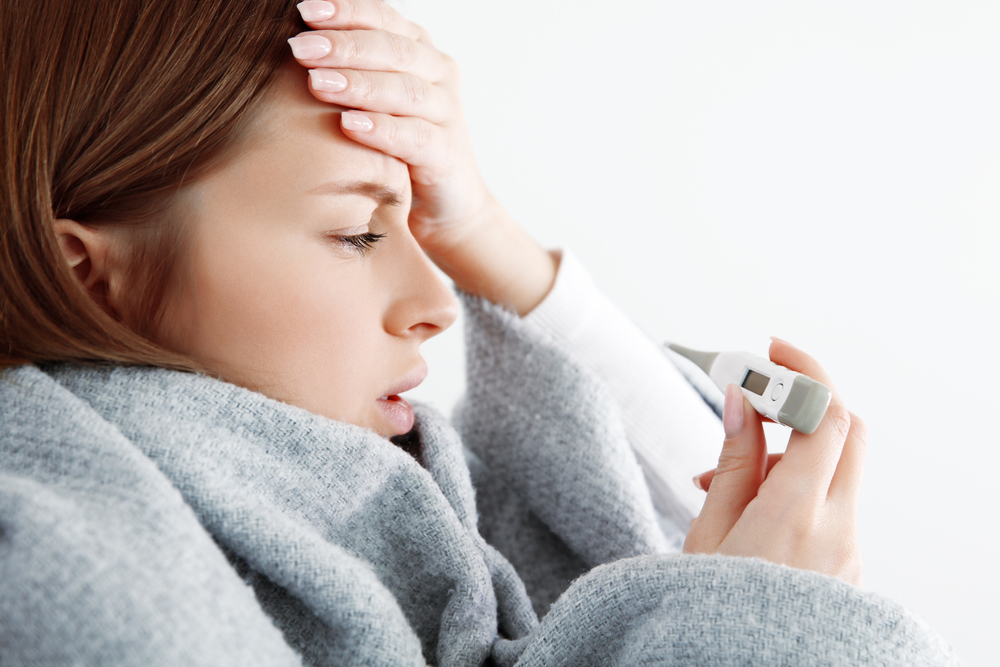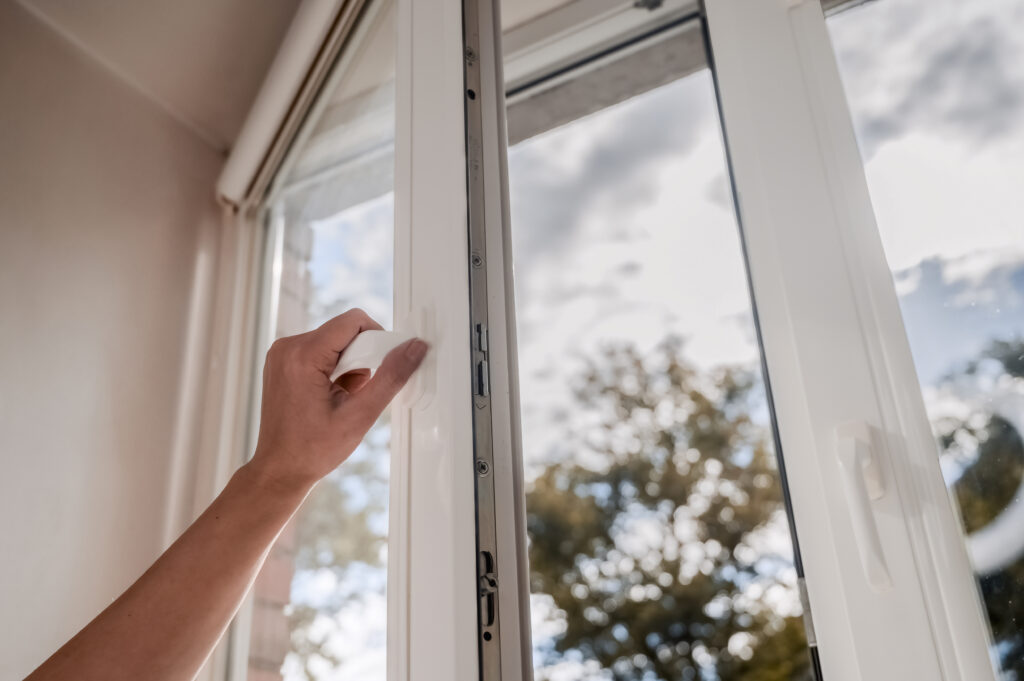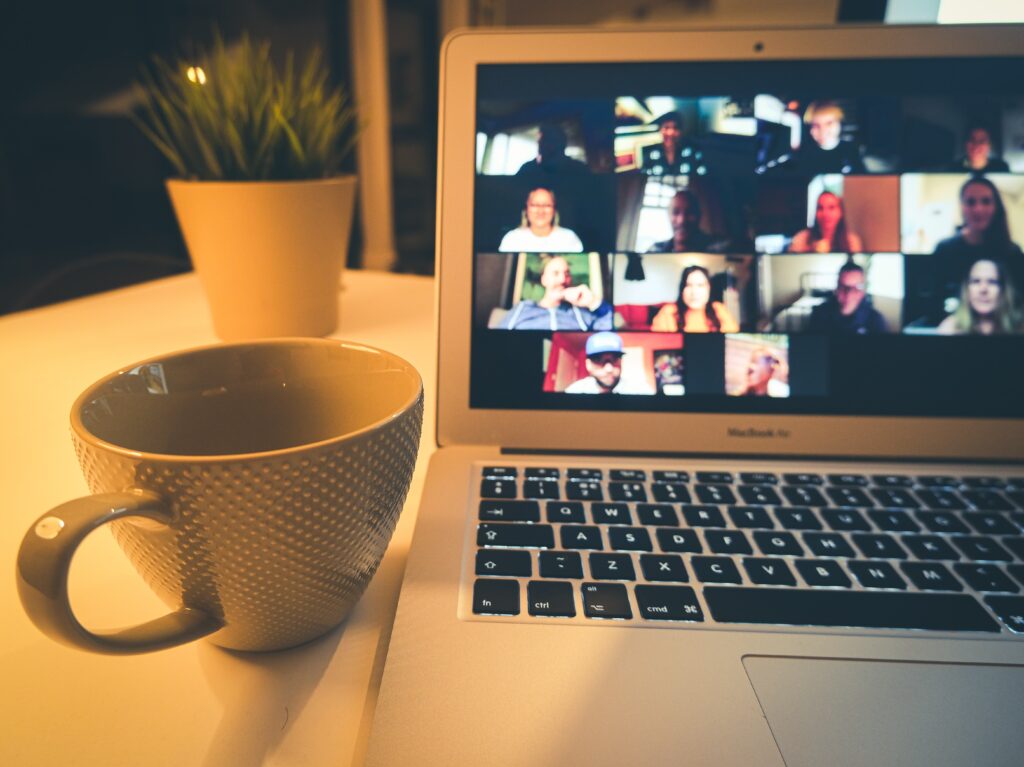Self Isolation when you get infected
Guidelines for Self-Isolation Version 2/13/2022
This guideline is for individuals who have tested positive for COVID-19 but have mild or no symptoms. Mild symptoms include low fever, mild fatigue, coughing, but without pneumonia symptoms and with no accompanying chronic illness. Where local medical resources are strained and cannot hospitalize individuals with moderate or even worse symptoms, this document can also provide guidance. Please keep in mind that advice provided here is designed for mild/no symptom individuals.
Once symptoms develop, including difficulties in breathing, high fever, seek medical care immediately.
General
- Recognize that most cases resolve with a full return to health. Isolation is a temporary necessity, typically for 14 days.
- It is strongly advised to live alone, at least in a separate bedroom and using a separate bathroom.
If you are living alone



- Keep close track of your health condition. Keep a health log with clear handwriting in an obvious place. The log should include: record date & time, body temperature (taken at least twice/daily), heart rate, blood oxygen saturation (taken by oximeter), any symptoms, meals, medicine taken and dosage. Note changes in mood and affect, for example anxiety, feeling down, or loss of interest in activities that you typically enjoy.
- Keep abreast of local information on what to do when symptoms progress. Have key contacts on speed dial. Set up check-in (at least daily) with a family member/friends. Inform them of all the emergency contact information, as well as any information needed to get into your home in case you are incapacitated.
- Take care of your health with sufficient hydration, eat a balanced diet, and sleep sufficient regular hours. Stay in touch with family, friends and colleagues. To the extent consistent with your health, it is OK to maintain regular professional activities that can be done individually and virtually with others. Maintain or develop fun or educational activities including reading, solitary or online games, or other online interactions.
- Wash your hands frequently, with soap / hand sanitizer for no less than 20 seconds each time.
- Regular ventilation of the living area is crucial. Where possible run one or more HEPA air purifiers continuously.
- Wash bed sheets, towels and clothing frequently. Separate yours from others’.
- Avoid contact with your pet and other animals. If not possible, ensure you wear a mask and wash hands before/after interacting with pets.
- Isolate yourself from any physical contact with others, but stay in touch with family and friends by text, phone, video chats, or other electronic means. This is important for many reasons including maintaining a positive outlook.
- If news about the pandemic gives you anxieties, try not to focus too much on it.
- Make a relatively consistent daily routine. If possible, keep a moderate or even small amount of physical exercises.
- Coordinate with family friends, or local authorities the logistics of delivery of essentials including daily meals.
- Keep track of all essentials and be aware of the time each will run short, anticipate and inform suppliers in advance. No-contact drop off is best. A mask and gloves are required whenever interacting with delivery people.
- Do not wear a mask other than where necessary to interact with others or in taking care of delivery items. Breathing fresh air avoids rebreathing of viral particles that you are exhaling.
- Avoid touching your face and clothing during and after using a mask and gloves. Take off gloves by turning them inside out. Dispose used gloves outside the living quarters or in a sealed plastic bag. Remove the mask by the ear loops or straps. Unless used only briefly, it is best not to reuse disposable masks when sick, and to dispose of them safely as with gloves.
- Consult with local authorities and health care providers about the duration and condition for ending self-isolation. Systematically clean, wash, and launder before exiting. Exercise caution even after ending the self-isolation.
- In suburban or rural areas where exiting and entering the home is possible without contact with others, or shared spaces, taking walks in isolation from others can be done. Don’t forget that you are in quarantine and don’t interact with others or go into spaces where others are likely to be, either when you are there or later.
- If prevailing temperatures are colder than 40° F / 5° C, or under dry air conditions at higher temperatures, use a humidifier to increase humidity to 30-50%. There are three types of humidifiers: ultrasonic (cool mist), evaporative, and warm mist with different conditions under which they are the best choice. It is best to use a humidifier that will be adequate for the size of your rooms so that it doesn’t have to be placed right next to you.
If you share lodging with someone else
- The people who share lodging with you are considered “close contacts,” and should follow local guidelines regarding close contacts, including avoiding unnecessary contact with others.
- The other residents in the lodging should avoid having visitors, especially vulnerable people (seniors, or those with chronic disease). Any visitor should be informed about the presence of an isolating individual.
- Clearly define, with visual aids if possible, different zones in the residence. The bedroom and facilities used by the patient are considered a Red Zone. Areas connected with the Red Zone, for example the living room, are considered Yellow Zones. Other separated rooms are Green Zones.
- If possible, cohabitants should help to deliver food and other packages of the patient to their door, to minimize patient’s need to leave the Red Zone.
- Set up a communication mechanism in the household so the patient can inform the other residents when he/she has to leave their room.
- The patient should limit himself/herself to the Red Zone, minimizing entry into Yellow Zones. Completely avoid Green Zones. Objects in close contact with the patient should also follow this rule. Outside the Red Zone, the patient should wear a mask and gloves.
- Where other residents enter Yellow or Red Zones high quality masks (double masks, N95/KN95/FFP2/KF94 masks, elastomeric half masks or masks) should be worn. In the Red Zone, and where possible in the Yellow zone, gloves should be worn.
- Consider the air flow in the home and if air flow is going from Red Zone to Yellow Zone block the airflow, e.g. under doors. Open windows to promote ventilation in all zones but avoid opening two windows that are close to each other in Red and other zones.
- Bring more fresh air inside. Maximize clean air supply in apartments and homes (as possible) and place HEPA air purifiers in common areas. Clean air at least six-twelve times/hour (6-12 ACH) in common areas, meeting rooms, exercise rooms, and other places people might gather.
- Evaluate and improve ventilation. Where possible open windows, arrange for better ventilation and filtration.
- Where central ventilation system are being used, exchange air with fresh, clean air with better filters (MERV-13). When possible, keep ventilation and furnace fans ON, minimize recirculation of stale air to bring in more outside air.
- HEPA air purifiers in your apartment will help reduce risk from shared air through central ventilation systems, air leakage under doors, or when windows can’t be open. Avoid ionizers and ozone generation that are sometimes present in HEPA purifiers. If needed, make DIY air cleaners (with MERV-13 filters and fan boxes) for homes, neighbors, community groups.
- Where possible run one or more HEPA air purifiers continuously next to the patient and at boundaries between zones, especially at the doorways to the Red Zone, and in patient used bathrooms.
- The patient should strictly follow sneeze etiquette, sneezing into disposable tissues that are safely discarded, or into clothing (e.g. sleeve) that is soon washed.
- The patient should disinfect Red Zones regularly. Other cohabitants disinfect the Yellow Zones, and preferably Green Zones, regularly.
- Possible transmission routes: Shared air: Under doorways, residual airborne particles in a room after being there. Shared facilities: kitchen, bathroom, etc. Shared household supplies: towels, glasses, utensils, etc. Shared food, beverages, etc. Surfaces touched: door handle, table surface, remote control, light switches, etc. These should be disinfected at least once a day (for example, with 70% ethanol).
- The patient should not wear a mask other than where necessary to interact with others or in taking care of delivery items. Breathing fresh air avoids rebreathing of viral particles that you are exhaling.
- The patient should avoid touching their face and clothing during and after using a mask and gloves. Take off gloves by turning them inside out. Dispose used gloves outside the living quarters or in a sealed plastic bag. Remove the mask by the ear loops or straps. Unless used only briefly, it is best not to reuse disposable masks when sick, and to dispose of them safely as with gloves.
- Patient should clean after using any shared facility, especially the bathroom. Keep the toilet lid shut when not being used and during flushing. Regularly pour bleach into the toilet and disinfect sink.
- Patient should have a separate garbage bag/bin for disposing gloves, masks, tissues, and other disposable potentially contaminated items.
- If prevailing temperatures are colder than 40° F / 5° C, or under dry air conditions at higher temperatures, use a humidifier to increase humidity to 30-50%. This can be done for the entire dwelling, benefiting everyone, or for the area in which the patient is residing. There are three types of humidifiers: ultrasonic (cool mist), evaporative, and warm mist with different conditions under which they are the best choice. It is best to use a humidifier that will be adequate for the size of the rooms so that it doesn’t have to be placed next to the patient.
We wish you a brief illness and a rapid recovery.
Last medically reviewed on
January 26, 2025

